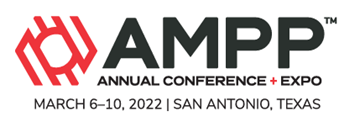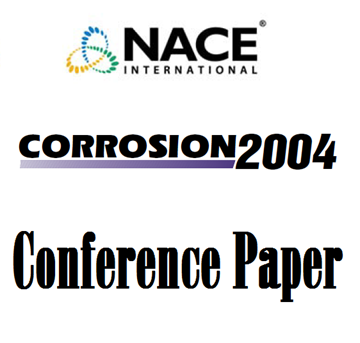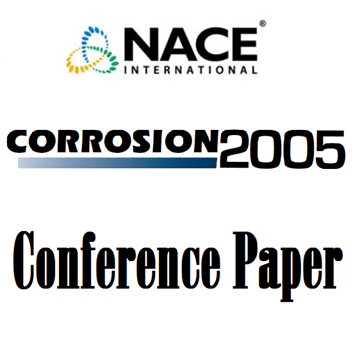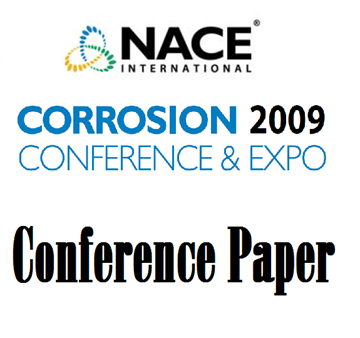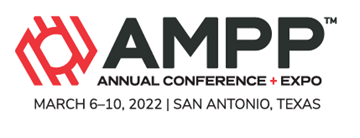Search
Products tagged with 'coatings'
View as
Sort by
Display
per page
(Tanks) Advantages of Using 100% Solids Epoxy as Potable Water Linings
Product Number:
72-COAT_DEC21
Publication Date:
2021
$20.00
(Testing) Importance and Correlation of Accelerated Weathering Versus 10 years of South Florida Exposure
Product Number:
03-COAT_DEC21
Publication Date:
2021
$20.00
(Testing) In Line 3D Characterization of Substrates Through Final Coat
Product Number:
01-COAT_DEC21
Publication Date:
2021
$20.00
“Dollars & Cents - You Make The Choice: A Look At Elastomer Polyurethane Versus Epoxy Laminate Lining Systems For The Linings Of Water Or Wastewater Structures”
Product Number:
51322-18202-SG
Publication Date:
2022
$20.00
03090 ISO 15156/NACE MR0175 - A NEW INTERNATIONAL STANDARD FOR METALLIC MATERIALS FOR USE IN OIL AND GAS PRODUCTION IN SOUR ENVIRONMENTS
Product Number:
51300-03090-SG
ISBN:
03090 2003 CP
Publication Date:
2003
$20.00
04022 Experiences on Thermal Spray Aluminum (TSA) Coating for Offshore Structures
Product Number:
51300-04022-SG
ISBN:
04022 2004 CP
Publication Date:
2004
$20.00
05029 Practical Analysis of Cathodic Disbondment Test Methods
Product Number:
51300-05029-SG
ISBN:
05029 2005 CP
Publication Date:
2005
$20.00
07006 INORGANIC ZINC PRIMER VS ORGANIC ZINC PRIMER: (an end-user point of view ).
Product Number:
51300-07006-SG
ISBN:
07006 2007 CP
Publication Date:
2007
$20.00
07009 FLUOROETHYLENE VINYL ETHER RESINS FOR APPLICATIONS IN MARINE ENVIRONMENTS
Product Number:
51300-07009-SG
ISBN:
07009 2007 CP
Publication Date:
2007
$20.00
07021 MODIFIED CATHODIC DISBONDMENT TESTING OF EXTERNAL POLYMERIC PIPELINE COATINGS
Product Number:
51300-07021-SG
ISBN:
07021 2007 CP
Publication Date:
2007
$20.00
09043 Coatings Used in Conjunction with Cathodic Protection - Shielding vs Non-shielding Coatings
Product Number:
51300-09043-SG
ISBN:
09043 2009 CP
Publication Date:
2009
$49.00
15.5-Year Inspection Reveals the Effectiveness of a Single-Coat Epoxy
Product Number:
51322-17996-SG
Publication Date:
2022
$20.00




